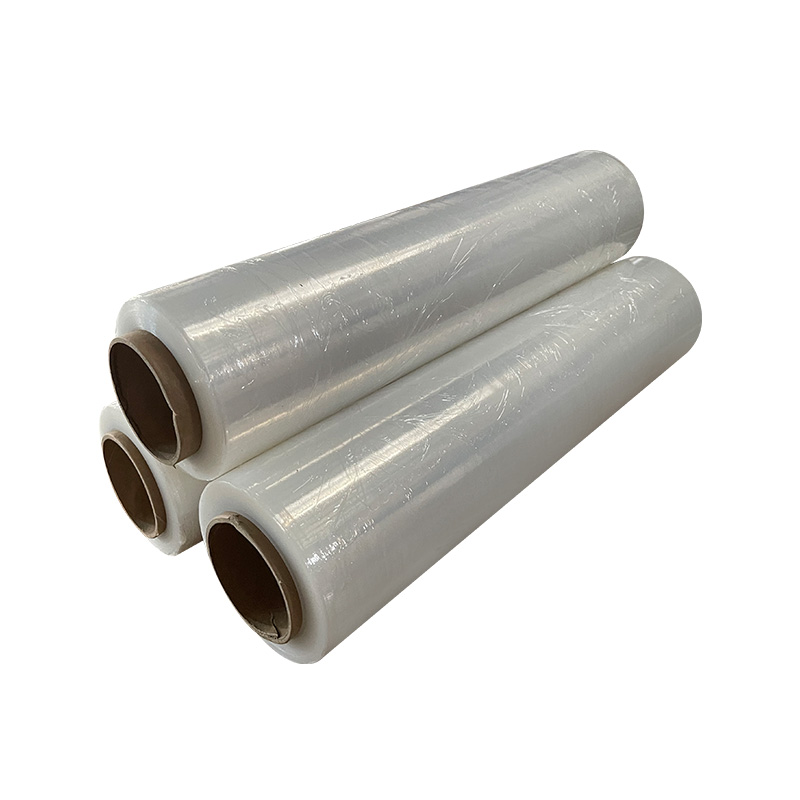Compatibilizers play a crucial role in the co-extrusion of Polyethylene/Polypropylene (PE/PP) films, primarily by enhancing the interfacial adhesion between the typically incompatible layers of PE and PP. Here’s a detailed look at their role and impact:
1. Enhancing Interfacial Adhesion
PE and PP have different chemical structures and polarities, which naturally lead to poor adhesion between the two when layered. Compatibilizers act as a bridge between these materials, promoting better adhesion by chemically bonding with both PE and PP at the interface.
Mechanism: Compatibilizers often contain functional groups that can interact with the chemical structures of both PE and PP. For instance, a compatibilizer might have a PE-compatible backbone with PP-reactive side groups. This dual compatibility facilitates a stronger interfacial bond during co-extrusion.
2. Improving Layer Integrity
In the absence of compatibilizers, PE and PP layers can delaminate or separate, leading to defects in the co-extruded film. Compatibilizers improve the integrity and uniformity of these layers, ensuring that the film remains intact under mechanical stress or thermal cycling.
Impact: Enhanced layer integrity leads to improved mechanical properties such as tensile strength and elongation at break, which are crucial for applications requiring robust and durable films.
3. Enhancing Mechanical Properties
Compatibilizers help in creating a more homogeneous blend at the interface, which reduces stress concentrations and improves the overall mechanical properties of the co-extruded film. This results in films that are stronger, more flexible, and better able to withstand impact and wear.
Applications: Improved mechanical properties are especially beneficial in applications like packaging, where the films need to be strong yet flexible to protect the contents while being easy to handle and process.
4. Enabling Efficient Processing
Compatibilizers facilitate smoother processing by reducing interfacial tension between PE and PP, leading to better flow characteristics and uniform distribution of layers during co-extrusion. This results in a more consistent and high-quality film output.
Processing Benefits: This improved processing efficiency can reduce the occurrence of defects such as warping, uneven thickness, and weak spots, which enhances the overall quality and performance of the co-extruded films.
5. Enhancing Barrier Properties
The presence of compatibilizers can improve the barrier properties of PE/PP co-extruded films by creating a more uniform and defect-free interface. This is crucial for applications where the film needs to act as a barrier to moisture, gases, or other substances.
Functional Enhancement: For example, in food packaging, enhanced barrier properties help in extending the shelf life of products by preventing the ingress of oxygen and moisture, thereby maintaining product freshness and quality.

6. Facilitating Layer Customization
Compatibilizers allow for greater flexibility in the design and customization of co-extruded films. By improving the compatibility of PE and PP, manufacturers can create films with tailored properties that meet specific application requirements, such as varying levels of stiffness, clarity, or heat resistance.
Customization: This capability enables the production of multi-layer films with diverse functionalities, such as combining high-barrier properties with mechanical strength or creating films that can be heat-sealed without compromising structural integrity.
7. Improving Recycling Compatibility
In some cases, compatibilizers can aid in the recycling of PE/PP co-extruded films by making it easier to process and reuse the material. They help in maintaining the integrity of the recycled material, leading to better quality and performance of the recycled films.
Sustainability: Enhanced recyclability contributes to more sustainable production practices and helps in reducing the environmental impact of PE/PP films by promoting their reuse in various applications.
8. Enabling Advanced Applications
Compatibilizers make it possible to produce PE/PP co-extruded films for advanced applications, such as high-performance barrier films for medical or pharmaceutical packaging, where the films must meet stringent quality and safety standards.
Advanced Use Cases: They enable the development of films that can combine the benefits of both PE (such as flexibility and clarity) and PP (such as rigidity and higher temperature resistance), making them suitable for a wider range of demanding applications.
Compatibilizers are essential for the successful co-extrusion of PE/PP films as they address the inherent incompatibility between PE and PP, enhancing interfacial adhesion, mechanical properties, barrier functions, and overall film integrity. Their use not only improves the quality and performance of co-extruded films but also enables the development of films with customized properties for spec



 English
English 中文简体
中文简体














